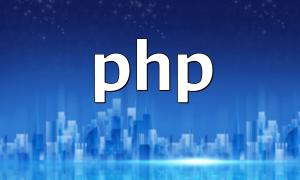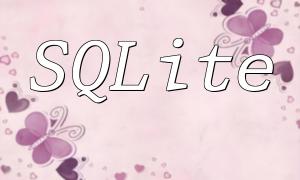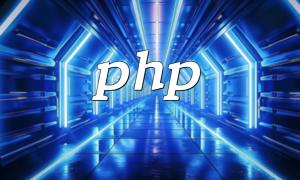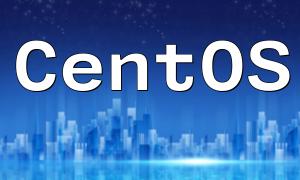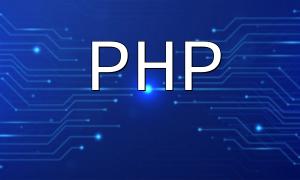Nginx and PHP are one of the most popular combinations in modern web development. For developers, it's crucial to understand how to configure both in a Mac environment. This guide will walk you through the steps to set up Nginx and PHP for a smooth development environment on your Mac.
First, you need to install Nginx. You can easily do this using Homebrew. Open the terminal and run the following command:
brew install nginxAfter installation, you can start Nginx using the following command:
brew services start nginxBy default, the Nginx configuration file is located at /usr/local/etc/nginx/nginx.conf. You can edit this file to adjust your Nginx settings.
Open the Nginx configuration file to set your web root directory. You can open the file for editing with this command:
nano /usr/local/etc/nginx/nginx.confIn the server block, set the root path and index files:
server {
listen 8080;
server_name localhost;
root /usr/local/var/www; # Change to your project directory
index index.php index.html index.htm;
location / {
try_files $uri $uri/ /index.php?$query_string;
}
}Next, you need to install PHP using Homebrew. Run the following command in your terminal:
brew install phpOnce installed, start PHP's php-fpm service to ensure it works with Nginx:
brew services start phpTo enable Nginx to process PHP files, you need to add a location block to the Nginx configuration file:
location ~ \.php$ {
include fastcgi_params;
fastcgi_pass 127.0.0.1:9000; # Default PHP-FPM port
fastcgi_index index.php;
fastcgi_param SCRIPT_FILENAME $document_root$fastcgi_script_name;
}Once the configuration is complete, you can test the integration of Nginx and PHP by placing a simple PHP file in your web root directory. Create a file named index.php with the following content:
phpinfo();Visit http://localhost:8080/index.php to check the PHP info page, confirming that Nginx and PHP have been configured successfully.
Configuring Nginx and PHP in a Mac environment is not difficult. With the steps outlined above, you can quickly set up a fully functional development environment to help with your web development work. Be sure to regularly update your software and check configurations to maintain stability and security.
